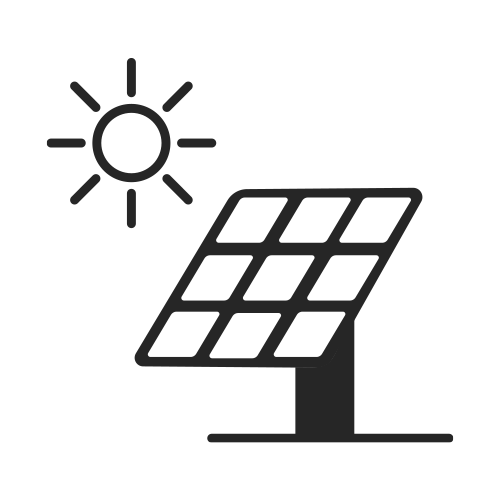
| Under the sun
Power output from solar photovoltaic is increasing in line with demand for low-carbon electricity. The current total global annual production of 250 gigawatts is expected to rise to between 800 gigawatts and 1 terawatt by 2030. We are committed to supporting the expansion of solar in this fast-paced environment by conducting R&D spanning the entire value chain from materials to systems. With broad, deep know-how and excellent results scaling up new technologies, we are known in Europe as a leading center for solar energy research at the international state of the art.
Solar photovoltaic, increasingly prevalent as a source of low-carbon electricity, is expected to become the world's leading source of electricity by 2050. Despite the challenges that remain to be overcome, the European Union is committed to rolling out solar PV on a massive scale. Looking ahead, a stronger, more sovereign domestic PV industry will need to be built and we will need to seek ways to make more efficient use of the space available for solar panels. At CEA-Liten, our mission of transferring technologies to the market and supporting French and EU industry-building initiatives aligns with these policies. We possess more than 20 years of experience with solar PV, positioning us to assist our partners at every stage, from proof of concept to module certification. We work with companies like Carbon, a France-based startup, and Italian company Enel Green Power’s 3Sun, the name behind Europe’s first PV gigafactory, expected to produce 3 gigawatts a year in 2024.
|